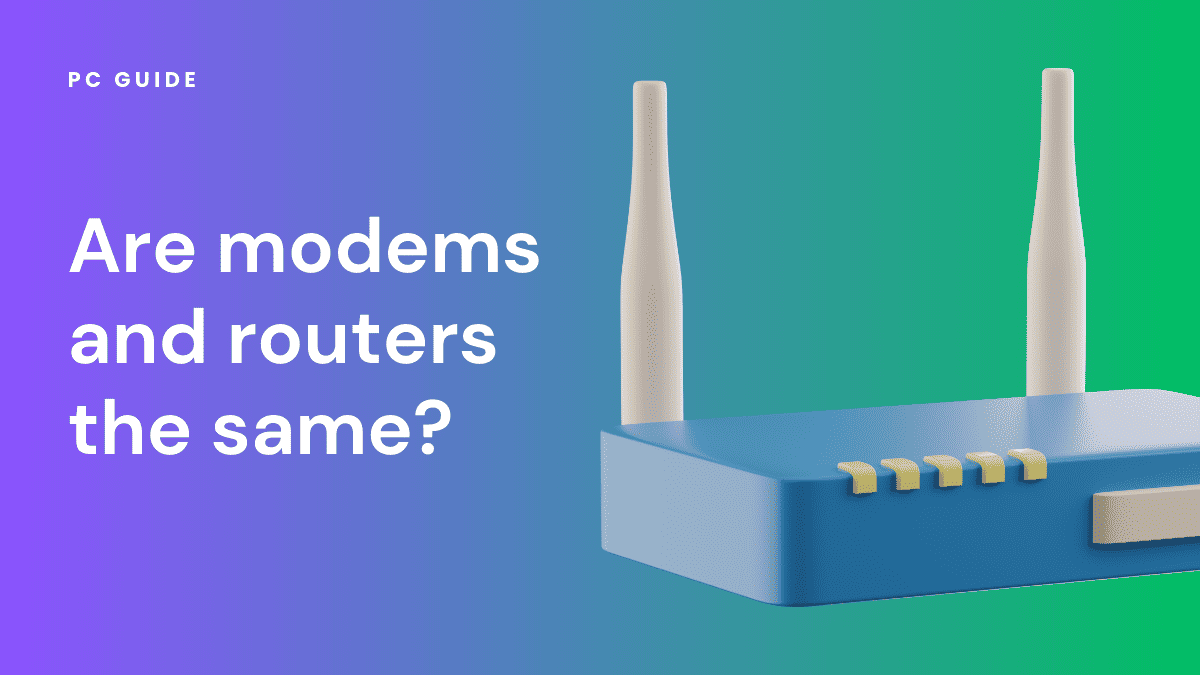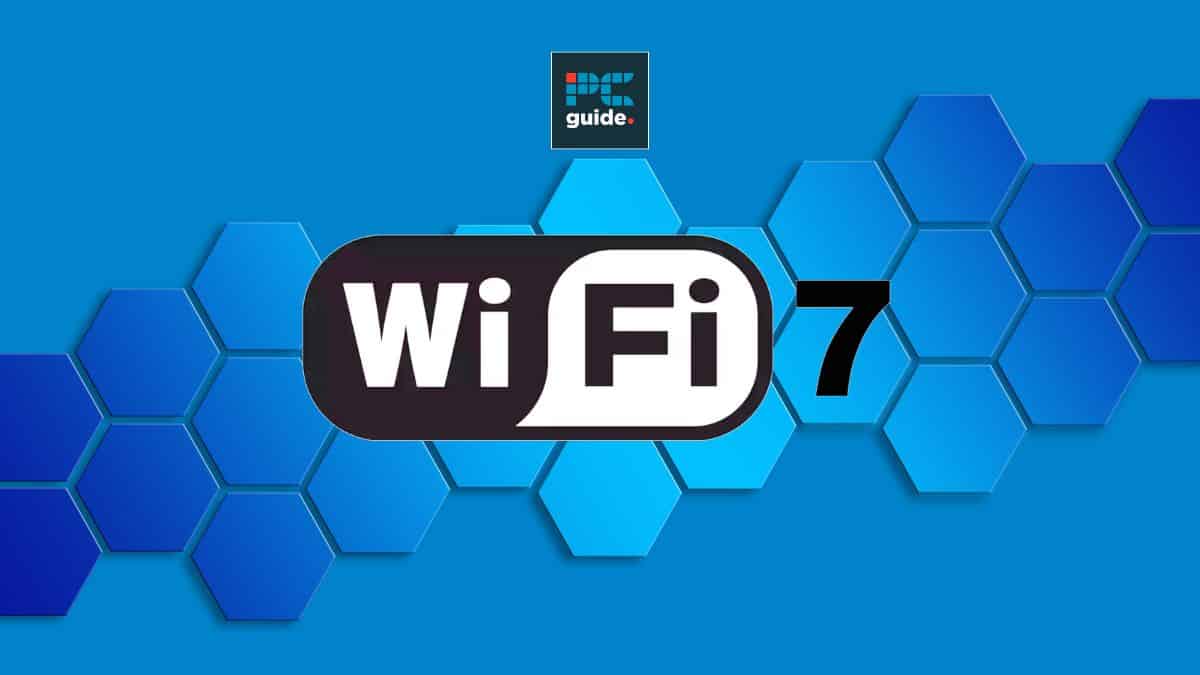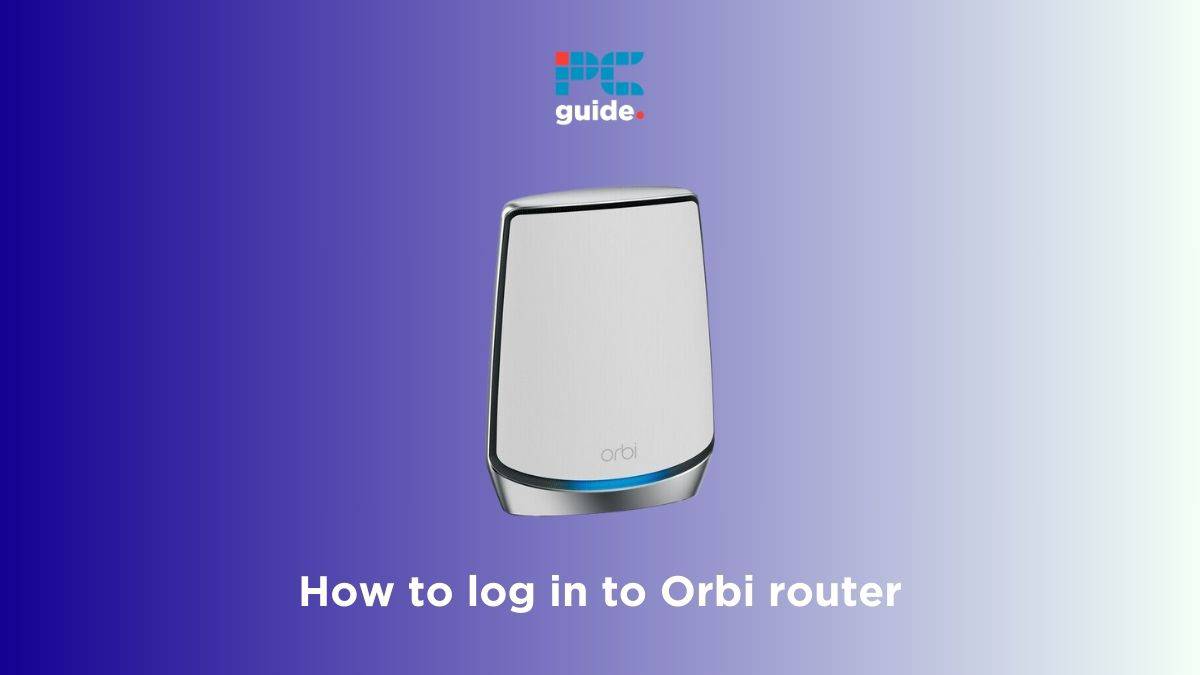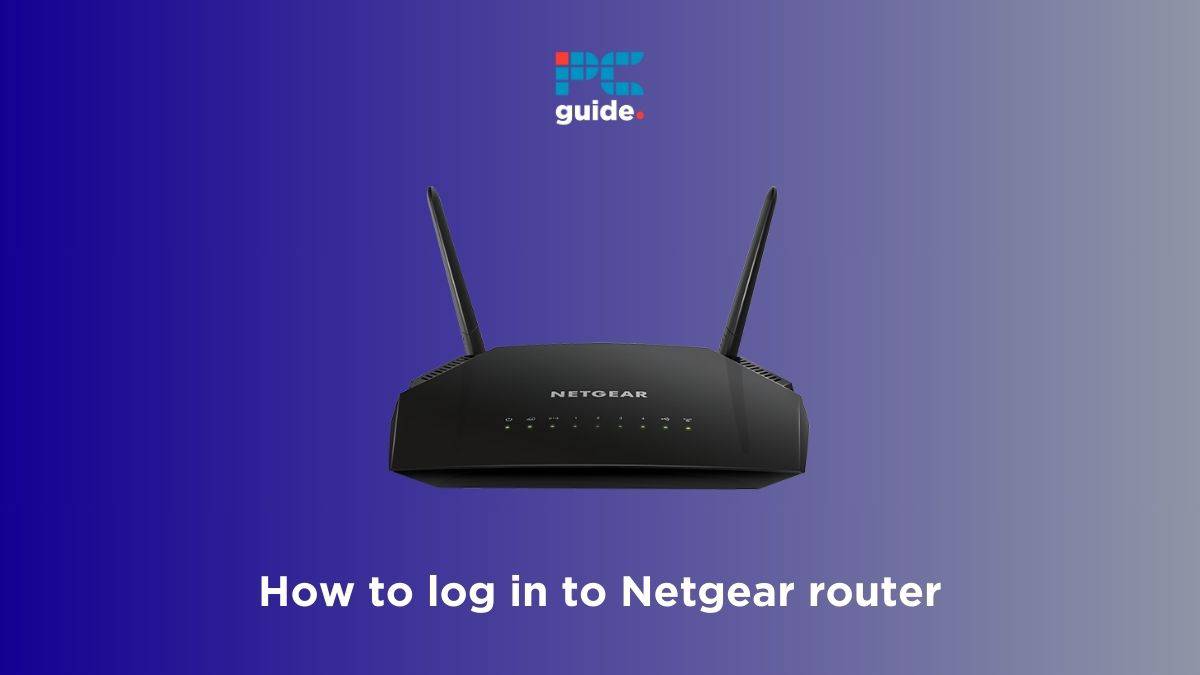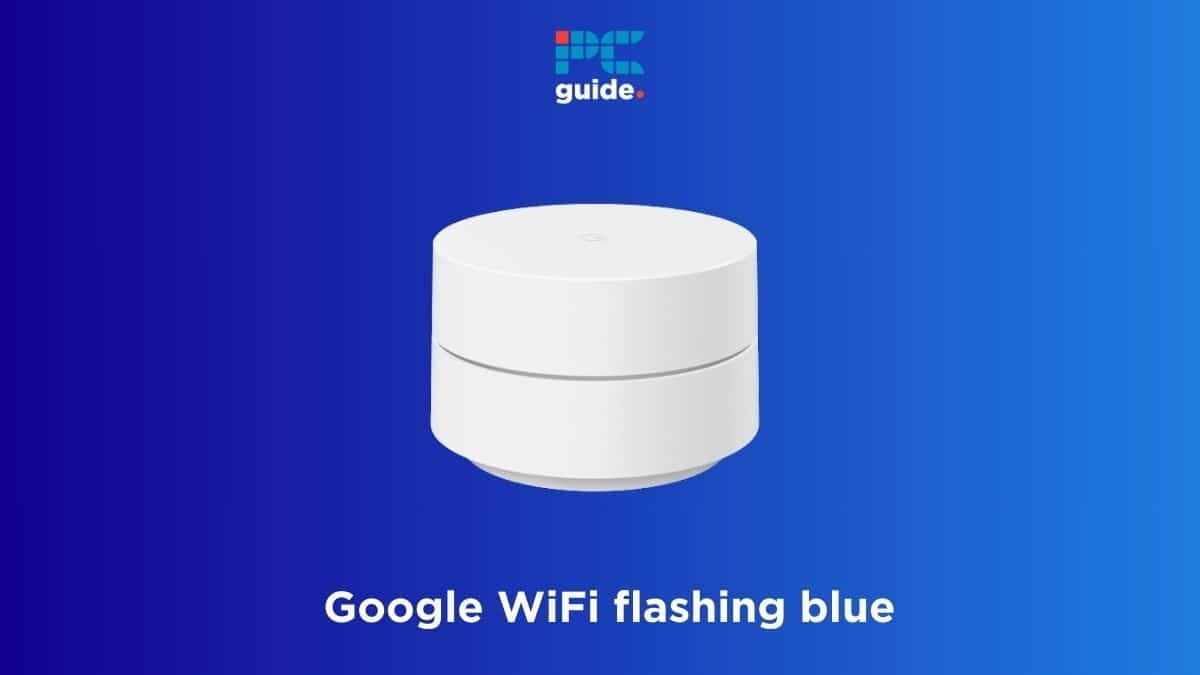When it comes to home internet setup, two pieces of hardware often come up in conversation: modems and routers. But “Are Modems and Routers The Same?” The answer is no. While they work together to connect your devices, like laptops, to the internet, they perform distinct roles.
A modem is a device that connects your home network to the wider internet, typically through an Ethernet port. On the other hand, a router takes the internet connection from your modem and distributes it to your devices, either through more Ethernet ports or wirelessly via radio waves.
These separate units work together to provide a secure and stable internet connection. A router frequently includes a built-in firewall and can support a Virtual Private Network (VPN) for enhanced security. Understanding the difference between these two devices is crucial for setting up and troubleshooting your home network. So, let’s delve into the specifics of how modems and routers function and how they differ.
Understanding DSL and LAN
DSL, or Digital Subscriber Line, is a type of internet connection that uses your telephone line to transmit data. It’s regularly used by modems to connect your home to your Internet Service Provider (ISP).
On the other hand, LAN, or Local Area Network, is a network that connects devices within a limited area, such as your home or office. Routers are typically responsible for managing your LAN, directing traffic between your devices and your internet connection.
How Internet Access is Achieved
Internet access is achieved through the combined work of your modem and router. The modem connects to your ISP through a DSL or cable connection, converting the signal from your ISP into a form that your devices can use. The router then takes this signal and distributes it to your devices, either through Ethernet cables (for a wired connection) or wirelessly (for Wi-Fi).
Understanding Wide Area Network (WAN)
A Wide Area Network, or WAN, is a network that covers a large geographical area. The internet itself is a type of WAN. When your modem connects to your ISP, it’s connecting to a WAN. Your router then creates a LAN, or Local Area Network, in your home that your devices connect to.
The router manages traffic between the LAN and the WAN, allowing your devices to access the internet.
What’s a Modem?
A modem connects your home network to the ISP (internet service provider). It receives signals from the ISP thanks to a phone line or a cable. Think of it as a gateway that translates the digital data from your ISP into a format that can be understood by your devices, like your computer or smartphone.
What’s a Router?
On the other hand, a router assists in distributing your internet connection to reach multiple devices. This device is a traffic controller and directs data packets to connected devices. A router creates a local network and assigns unique IP addresses to every connected device. This allows them to communicate with each other and access the internet simultaneously.
Wireless Routers vs. Wi-Fi
Wireless routers and Wi-Fi are closely related, but not the same. A wireless router is a device that takes the internet signal from your modem and broadcasts it wirelessly to your devices. Wi-Fi, on the other hand, is the technology that allows your devices to connect to your wireless router and access the internet.
In other words, Wi-Fi is the method of wireless connectivity that your devices use to connect to your wireless router.
The Role of Wireless Connectivity
Wireless connectivity is a key feature of modern routers. While a modem’s job is to bring the internet to your home, a router’s job is to distribute that internet connection to your devices.
A wireless router does this by creating a Wi-Fi network that your devices can connect to, allowing them to access the internet without needing a physical connection to the router.
The Difference
The primary difference between these two devices is the function. A modem connects your home network to the internet. In comparison, a router enables multiple devices in your home to share that internet connection. Essentially, the modem brings the internet into your home, and the router ensures that the internet is distributed efficiently among all your devices.
Working Together
You require a modem and a router to establish an internet connection. The modem receives the internet signal from your ISP and passes it to the router. Then, it directs the data packets to the appropriate devices. Without a modem, your router wouldn’t have an internet connection to distribute. The internet connection would be limited to a single device without a router.
Separate Devices vs. Modem Router Combo
Some people use separate devices for their modem and router, while others use a device that combines both functions into one, known as a modem router. Separate devices can offer more flexibility and control, as you can upgrade or replace one device without affecting the other.
However, a modem router combo can be easier to set up and manage, as you only have one device to deal with.
Conclusion
When it comes to the question, “Are Modems and Routers The Same?” the answer is a definitive no. Modems and routers play distinct roles in your home internet connection. A modem connects your home network to the wider internet, often through a fiber optic connection provided by services like Xfinity or Spectrum. On the other hand, a router distributes this internet connection to multiple devices within your home, creating a Wi-Fi network.
These devices work in tandem to ensure all your devices can access the internet simultaneously, maintaining your internet speed even when multiple devices are connected. Understanding this difference is crucial for setting up your home network, troubleshooting connectivity issues, and avoiding unnecessary fees for rented equipment.
Moreover, using a separate modem and router can take up less space and offer more flexibility than a combined unit, especially for users with specific needs or preferences. So, whether you’re setting up a new home network or looking to upgrade your current setup, remember that while modems and routers work together, they are not the same.
FAQs
Can I Use a Router Without a Modem?
No, you cannot use a router without a modem. A router relies on the internet signal provided by a modem to distribute the connection to multiple devices. Modems act as the gateway to the internet. However, routers manage local networks.
What is a public IP address, and why is it important?
A public IP address is a unique address assigned to each device connected to the internet. It’s significant because it allows your device to communicate with other devices on the internet.
What are the different types of modems?
There are several types of modems, including DSL modems, cable modems, and fiber optic modems. The type of modem you require depends on the type of internet service you have.
How do modems convert analog signals into digital data?
Modems convert analog signals into digital data using a process called demodulation. This involves interpreting the changes in the analog signal and converting them into a digital format that your devices can understand.
How do I choose the right hardware for my network?
Choosing the right hardware for your network depends on several factors, including the type of internet service you have, the size of your home, and the number of devices you need to connect.
What is modulation, and how does it relate to modems?
Modulation is the process of converting data into a format that can be transmitted over a communication channel. In the case of modems, this involves converting digital data into analog signals and vice versa.

